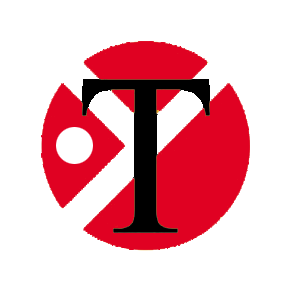paper published in inForma
Ming Tang’s paper “Architectural visualization in the age of mixed reality” is published by the architectural journal inForma.
Tang, Ming. 2018. “Architectural Visualization in the Age of Mixed Reality.” informa 11: 82–87.
Having been a promising visualization tool since the 1950s, ironically, virtual reality (VR) and augmented reality (AR) were not widely used in the architectural design and evaluation process due to the high cost of equipment and complicated programming process required. However, with the recent development of head-mounted displays (HMD) such as Oculus Rift, HTC Vive, Microsoft HoloLens, and easy-to-use game engines, both VR and AR are being reintroduced as Mixed Reality (MR) instruments into the design industry. This paper explores research related to VR concepts “essential copy” and “physical transcendence” (Bicocca, Levy. 1995), and their use in architectural design studios at the University of Cincinnati. We explored various methods to integrate MR in the architectural design process. This paper discusses two main aspects: (1) how to integrate MR into the design process as a design instrument, and (2) how to valuate MR methods for communicating architectural data, based on the workflow efficiency, rendering quality and users’ feedback.
This issue “Hybrid Realities“of inForma explores architectural discourse by looking at how twenty-first century economic, academic, technological and political shifts have set up conditions for architectural hybridity. We define ‘hybrid’ as points of convergence between different ‘breeds’, resulting in the creation of dynamic architectures and frameworks. Parting from the premise that disciplinary and theoretical crossovers can produce alternate readings and conceptualisations of space, ‘Hybrid Realities’ seeks to discuss the effectual offsprings between two different components, wether typological, disciplinary, idealistic, or others. Similarly, it aims at discussing works and research which places these crossovers in a wider, contextual discussion representative of our current moment in time. Borrowing ‘hybrid’ from biology, the issue situates it within the discussion of the built environment to challenge notions of architectural singularity and highlight the diverse ways in which the field is expanding.



